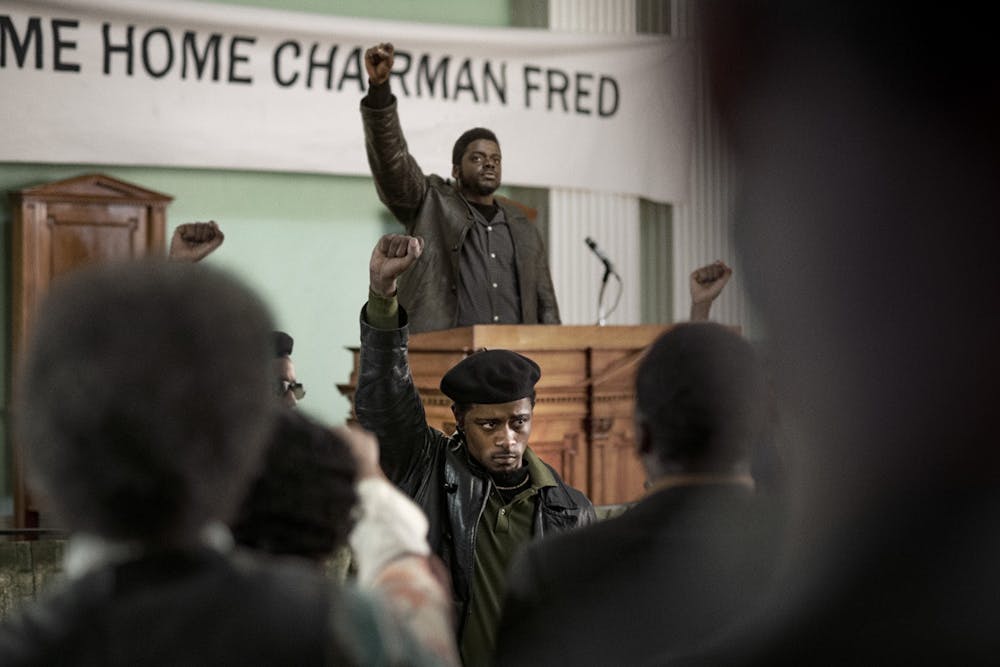Warner Bros.' “Judas and the Black Messiah” will be in theaters on Friday. Without any major spoilers, here’s what audiences can expect:
This star-studded film details the true story of 21-year-old Fred Hampton (played by Daniel Kaluuya), chairperson of the Illinois Chapter of the Black Panther Party, and his betrayal by William O’Neal.
The film opens up with images and videos of the Black Panther Party movement, as viewers hear J. Edgar Hoover (Martin Sheen), director of the Federal Bureau of Investigation, talking about the threat Hampton poses to national security and the possibilities of him becoming a “Black Messiah."
Following this opening sequence, audiences are placed in Chicago, Illinois in 1968, where they first meet William O’Neal (LaKeith Stanfield). O’Neal is seen conducting a raid while impersonating an FBI agent in an attempt to rob a group of guys at a bar. He is caught by the police and brought in for questioning, where he enters a deal with the FBI to receive amnesty in exchange for information on Hampton.
Historically, Hampton became a threat to the FBI because he was attracting a large following and gathering great support for the Black Panther Party. Hampton’s agenda throughout the film is to collaborate with other social movement groups in Illinois to form the Rainbow Coalition, to fight capitalism and police brutality.
The film is littered with jazzy scoring, music about the Black experience and clothing that is specific to the era, which creators say was done intentionally.
During a virtual summit hosted by Warner Bros. to celebrate the release of the film and honor the legacy of the Black Panther Party movement, the creators and cast spoke about their labor of love in authentically representing the Party through the use of fashion, art and music.
“When I was doing my research, I found it very interesting that the Illinois party had their own look,” Charlese Antoinette Jones, costume designer for the film, said. “The Illinois party wore camo green World War II jackets to symbolize the fact that they were at war.”
Jones said it was important for the creators to accurately recreate the uniforms because their style of dress was an act of protest.




